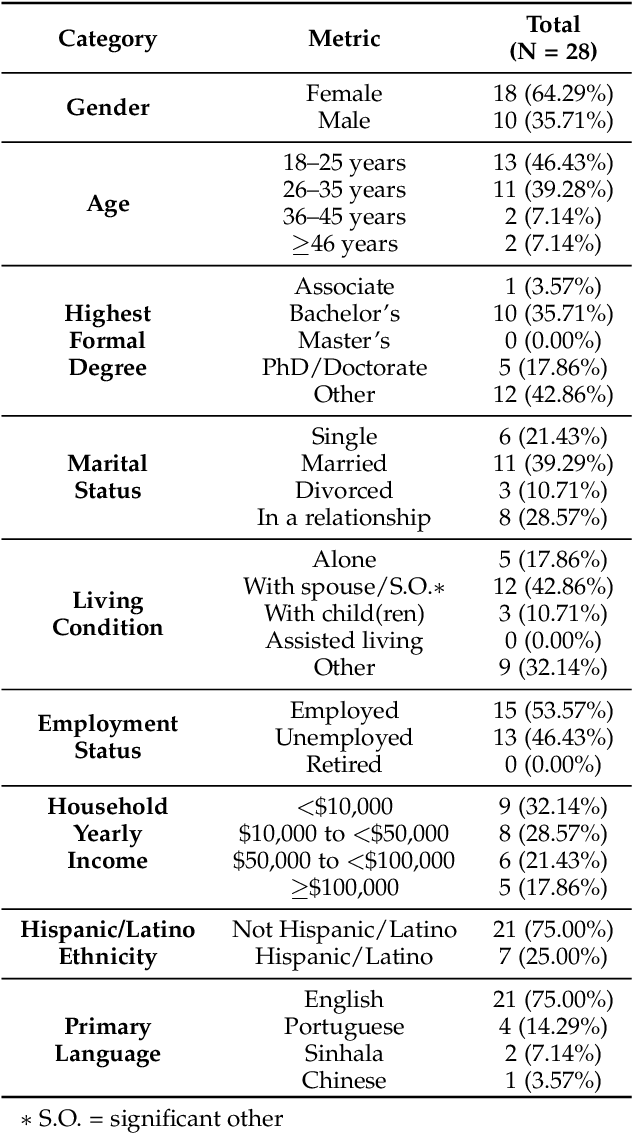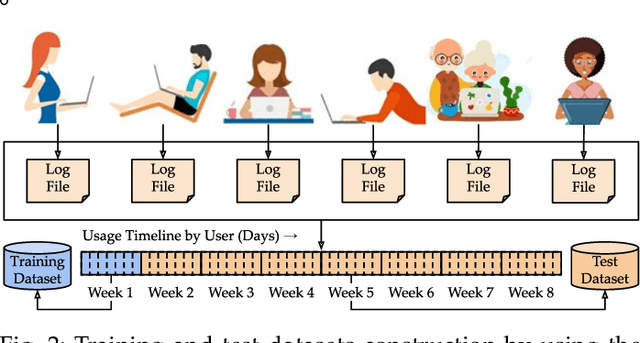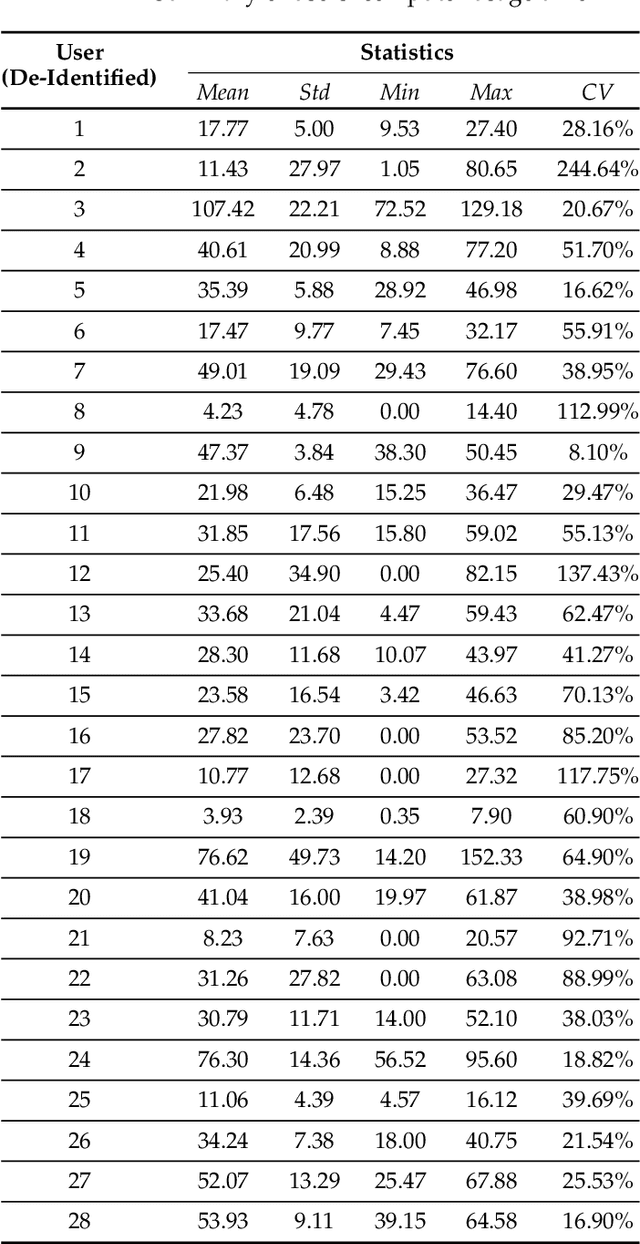Heng Qiao
University of Florida
Computer Users Have Unique Yet Temporally Inconsistent Computer Usage Profiles
May 20, 2021



Abstract:This paper investigates whether computer usage profiles comprised of process-, network-, mouse- and keystroke-related events are unique and temporally consistent in a naturalistic setting, discussing challenges and opportunities of using such profiles in applications of continuous authentication. We collected ecologically-valid computer usage profiles from 28 MS Windows 10 computer users over 8 weeks and submitted this data to comprehensive machine learning analysis involving a diverse set of online and offline classifiers. We found that (i) computer usage profiles have the potential to uniquely characterize computer users (with a maximum F-score of 99.94%); (ii) network-related events were the most useful features to properly recognize profiles (95.14% of the top features distinguishing users being network-related); (iii) user profiles were mostly inconsistent over the 8-week data collection period, with 92.86% of users exhibiting drifts in terms of time and usage habits; and (iv) online models are better suited to handle computer usage profiles compared to offline models (maximum F-score for each approach was 95.99% and 99.94%, respectively).
Semantic Segmentation by Improved Generative Adversarial Networks
Apr 20, 2021



Abstract:While most existing segmentation methods usually combined the powerful feature extraction capabilities of CNNs with Conditional Random Fields (CRFs) post-processing, the result always limited by the fault of CRFs . Due to the notoriously slow calculation speeds and poor efficiency of CRFs, in recent years, CRFs post-processing has been gradually eliminated. In this paper, an improved Generative Adversarial Networks (GANs) for image semantic segmentation task (semantic segmentation by GANs, Seg-GAN) is proposed to facilitate further segmentation research. In addition, we introduce Convolutional CRFs (ConvCRFs) as an effective improvement solution for the image semantic segmentation task. Towards the goal of differentiating the segmentation results from the ground truth distribution and improving the details of the output images, the proposed discriminator network is specially designed in a full convolutional manner combined with cascaded ConvCRFs. Besides, the adversarial loss aggressively encourages the output image to be close to the distribution of the ground truth. Our method not only learns an end-to-end mapping from input image to corresponding output image, but also learns a loss function to train this mapping. The experiments show that our method achieves better performance than state-of-the-art methods.
 Add to Chrome
Add to Chrome Add to Firefox
Add to Firefox Add to Edge
Add to Edge